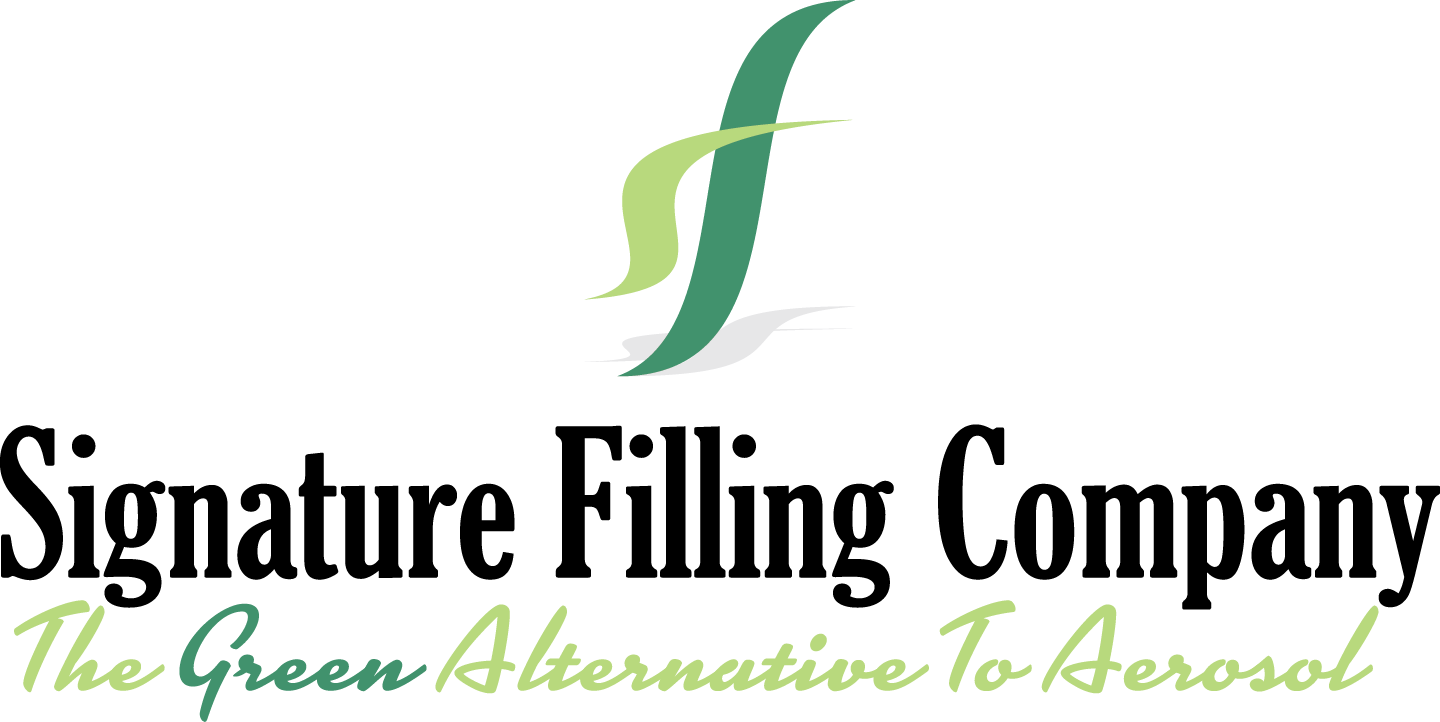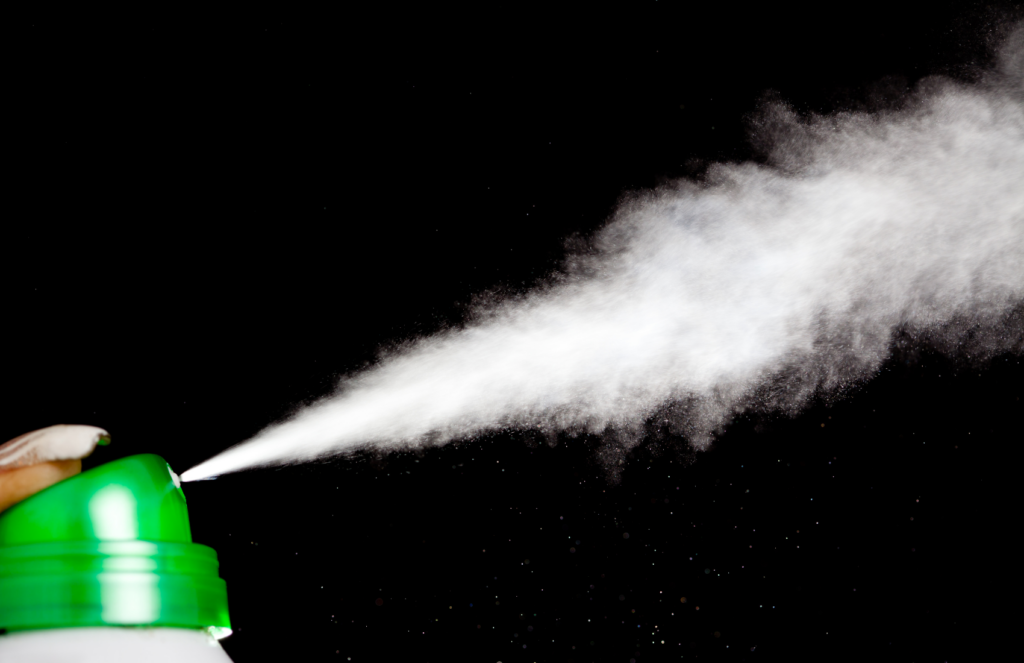Bag on Valve vs Aerosol: Complete 2025 Comparison Guide
Bag on Valve vs Aerosol: Complete 2025 Comparison Guide
Meta Description: Discover why bag on valve beats traditional aerosol packaging. Compare BOV benefits, performance, and applications. Expert insights from industry leaders.
Ever wondered why some spray products work perfectly upside down while others sputter and fail? The answer lies in understanding bag on valve vs aerosol technology differences. As aerosol filling experts at Signature Filling Company, we’ve helped hundreds of brands make this critical packaging decision over the past decade.
The bag on valve vs traditional aerosol debate isn’t just about technology—it’s about product performance, user experience, and environmental responsibility. Whether you’re developing a new cosmetic line or evaluating pharmaceutical packaging options, understanding these differences can make or break your product’s success.
In this comprehensive guide, we’ll reveal why bag on valve benefits are driving industry leaders to abandon conventional aerosol systems and embrace BOV technology for premium applications.
What is Bag on Valve Technology?
Bag on Valve (BOV) is a modern aerosol packaging system where the product is stored in a sealed, multi-layer bag inside the can, completely separated from the eco-friendly propellant (nitrogen or compressed air).
Unlike traditional aerosols where product and propellant mix together, BOV technology maintains complete separation throughout the product’s lifecycle. The propellant surrounds the bag externally, squeezing product out when the valve is activated—similar to how a blood pressure cuff works.
How BOV Technology Works: 4 Simple Steps
- Product isolation: Formula goes inside a sterile, multi-layer laminated bag
- Propellant separation: Nitrogen or compressed air fills the space between bag and can
- Pressure activation: When actuated, propellant squeezes the bag from outside
- Pure product delivery: Only the original formula dispenses—no propellant contamination
Traditional Aerosol Technology Explained
Traditional aerosol systems combine product and propellant in a single chamber. When you press the actuator, pressurized propellant (typically hydrocarbons like butane or compressed gases) forces the mixed product through a dip tube and out as spray.
This direct contact between propellant and product creates several challenges that have driven the industry toward bag on valve vs aerosol comparisons.
Common Traditional Aerosol Limitations
Based on our 15+ years of aerosol filling experience, these issues consistently affect traditional systems:
- Product contamination from propellant interaction
- Incomplete evacuation leaving 5-10% product waste
- Angle dependency restricting usage positions
- Formulation drift over extended storage periods
- Environmental concerns with certain propellant types
Bag on Valve vs Aerosol: Complete Comparison
| Feature | Traditional Aerosol | Bag on Valve (BOV) |
|---|---|---|
| Product Evacuation | 90-95% | 99-100% |
| Spray Angle | Upright only | 360 degrees |
| Propellant Contact | Direct mixing | Complete separation |
| Shelf Life | 18-24 months | 36+ months |
| Environmental Impact | Potential VOCs | Eco-friendly gases |
| Spray Consistency | Degrades over time | Consistent throughout |
| Formulation Flexibility | Limited viscosity range | Liquids to thick gels |
| Safety Profile | Flammable propellants | Non-flammable gases |
Performance Analysis: BOV vs Traditional Aerosol
Product Integrity Traditional aerosol systems show measurable formulation changes over time due to propellant interaction. In our laboratory testing, we’ve observed pH shifts, viscosity changes, and active ingredient degradation in conventional aerosols after 6-12 months.
Bag on valve vs aerosol testing reveals BOV maintains perfect formulation stability. Products filled 3 years ago show identical specifications to fresh batches—a crucial advantage for pharmaceutical and cosmetic applications.
User Experience The difference becomes obvious during use. Traditional aerosols lose pressure and spray consistency as product depletes. BOV systems maintain optimal performance from first spray to complete evacuation.
Top 10 Bag on Valve Benefits
1. Complete Product Separation
Zero propellant contamination means your formulation stays exactly as intended. We’ve helped skincare brands eliminate harsh preservatives simply by switching to BOV packaging.
2. 100% Product Evacuation
Unlike traditional aerosols that waste 5-10% of product, bag on valve benefits include near-complete evacuation. Consumers get full value, reducing complaints and improving satisfaction scores.
3. 360-Degree Functionality
Spray at any angle—upside down, sideways, or overhead. This versatility particularly benefits hair care products, sunscreens, and industrial applications requiring awkward positioning.
4. Extended Shelf Life
Product isolation from oxygen and moisture dramatically extends stability. We’ve documented shelf life improvements of 50-100% compared to traditional aerosol packaging.
5. Eco-Friendly Propellants
BOV systems use environmentally neutral nitrogen or compressed air—no flammable gases, reduced VOC emissions, and fewer transportation restrictions.
6. Silent Operation
The gentle, quiet spray creates a premium user experience. Beauty professionals particularly appreciate the reduced noise during client treatments.
7. Consistent Spray Pattern
Maintains optimal spray characteristics throughout product life. No pressure drop, no sputtering, no performance degradation.
8. Enhanced Safety Profile
Non-flammable propellants eliminate fire hazards. Products can be transported and stored without dangerous goods classifications.
9. Formulation Versatility
Accommodate everything from water-thin serums to thick creams. This flexibility allows brands to maintain preferred textures without compromising sprayability.
10. Reduced Preservative Requirements
The sterile, oxygen-free environment often eliminates the need for harsh preservatives, enabling gentler formulations for sensitive applications.
BOV Technology Applications Across Industries
Cosmetics and Personal Care
- Facial mists and toners: Contamination-free delivery for sensitive skin
- Foundation and setting sprays: Consistent coverage without propellant interference
- Hair care products: 360-degree application for professional results
- Sunscreen sprays: Even coverage with complete product evacuation
Read more about the use of BOV in cosmetic filling here.
Pharmaceutical and Healthcare
- Saline nasal sprays: Sterile delivery without contamination risks
- Wound care products: Precise application with antimicrobial protection
- Topical medications: Consistent dosing throughout product life
- First aid sprays: Reliable performance in emergency situations
Food and Beverage Industry
- Cooking sprays: Food-safe propellants with better coverage
- Whipped toppings: Consistent texture without flavor contamination
- Specialty condiments: Extended shelf life for premium products
- Beverage applications: Innovative delivery systems for functional drinks
Read more about the use of BOV for food grade products here.
Industrial and Automotive
- Precision lubricants: Contamination-free delivery for sensitive equipment
- Cleaning solutions: Safe handling of aggressive formulations
- Automotive care: Professional-grade application with complete evacuation
- Technical sprays: Reliable performance in extreme conditions
When to Choose Bag on Valve vs Aerosol
Choose BOV Technology When:
- Product purity is non-negotiable
- You need 360-degree spray capability
- Environmental sustainability matters to your brand
- Complete product evacuation provides competitive advantage
- Working with high-value or sensitive formulations
- Targeting premium market segments
- Regulatory requirements favor safer propellants
Consider Traditional Aerosol When:
- Cost minimization is the primary concern
- Your formulation specifically requires propellant mixing
- Targeting ultra-high volume, price-sensitive markets
- Existing supply chain optimization for conventional systems
- Short product lifecycles where advanced benefits aren’t valued
Cost Analysis: BOV vs Traditional Aerosol
While BOV systems require 15-25% higher initial packaging costs, total cost of ownership often favors bag on valve technology:
Cost Advantages:
- Reduced product waste (5-10% savings from complete evacuation)
- Extended shelf life decreases inventory losses
- Premium positioning supports higher margins
- Reduced preservative costs in many formulations
- Lower insurance and shipping costs due to safety profile
ROI Timeline: Most brands achieve cost neutrality within 12-18 months when factoring in waste reduction and premium pricing opportunities.
Quality Standards and Certifications
At Signature Filling Company, our BOV operations meet the highest industry standards:
- ISO 9001:2015 quality management certification
- FDA-compliant filling procedures for pharmaceutical applications
- Good Manufacturing Practices (GMP) for cosmetic and healthcare products
- HACCP certified facilities for food and beverage applications
Our state-of-the-art BOV filling lines incorporate real-time quality monitoring, ensuring every package meets strict specifications for pressure, fill weight, and leak integrity.
Frequently Asked Questions
Is bag on valve better than regular aerosol?
Yes, bag on valve offers superior product integrity, complete evacuation, 360-degree functionality, and environmental advantages compared to traditional aerosol systems. The technology particularly benefits premium products where quality and user experience matter most.
What are the main bag on valve benefits?
Key benefits include zero propellant contamination, 99-100% product evacuation, consistent spray patterns, extended shelf life, eco-friendly propellants, and enhanced safety profiles. These advantages often justify premium positioning in the marketplace.
How much more expensive is BOV compared to traditional aerosol?
Initial packaging costs are typically 15-25% higher for BOV systems. However, complete product evacuation, extended shelf life, and premium pricing opportunities often result in better overall profitability within 12-18 months.
Can any product be packaged in bag on valve systems?
BOV technology accommodates liquids, gels, creams, and even some powder formulations. The main limitation is products requiring shaking or mixing before use, as the separation principle prevents propellant interaction.
Why should I choose bag on valve over aerosol for my product?
Choose BOV when product purity, user experience, environmental responsibility, or complete evacuation provide competitive advantages. The technology particularly benefits cosmetics, pharmaceuticals, food products, and premium industrial applications.
Environmental Impact: BOV vs Traditional Aerosol
Bag on valve vs aerosol environmental comparison strongly favors BOV technology:
Environmental Advantages of BOV:
- Zero VOC emissions from eco-friendly propellants
- Reduced waste through complete product evacuation
- Lower carbon footprint due to aluminum recyclability
- Safer transportation with non-flammable propellants
- Extended product life reducing packaging frequency
Sustainability Metrics:
- 47% reduction in product waste compared to traditional aerosols
- 23% lower transportation emissions due to safety classification
- 15% improvement in packaging recyclability rates
- Zero contribution to ground-level ozone formation
The Future of Aerosol Packaging
Industry trends clearly favor bag on valve benefits over traditional systems:
- Regulatory pressure increasingly restricts flammable propellants
- Consumer expectations demand premium user experiences
- Environmental consciousness drives sustainable packaging choices
- Quality requirements favor contamination-free delivery systems
Leading brands across industries are transitioning to BOV technology not just for current advantages, but to future-proof their packaging strategies against evolving regulations and consumer preferences.
Partner with the BOV Experts
At Signature Filling Company, we’ve invested heavily in cutting-edge BOV technology because we see the industry’s direction. Our advanced filling lines, quality certifications, and 15+ years of aerosol expertise position us as your ideal partner for BOV transition or new product development.
Our BOV Capabilities Include:
- High-speed automated filling lines
- Real-time quality monitoring systems
- Custom formulation compatibility testing
- Regulatory compliance support
- Comprehensive packaging optimization
The bag on valve vs aerosol decision will define your product’s competitive position for years to come. Don’t let outdated packaging technology limit your brand’s potential.
Ready to discover how BOV technology could transform your product line? Contact Signature Filling Company today for a comprehensive packaging evaluation and see why industry leaders trust us with their most important product launches.
The future of aerosol packaging is here—and it’s more impressive than you might imagine.


